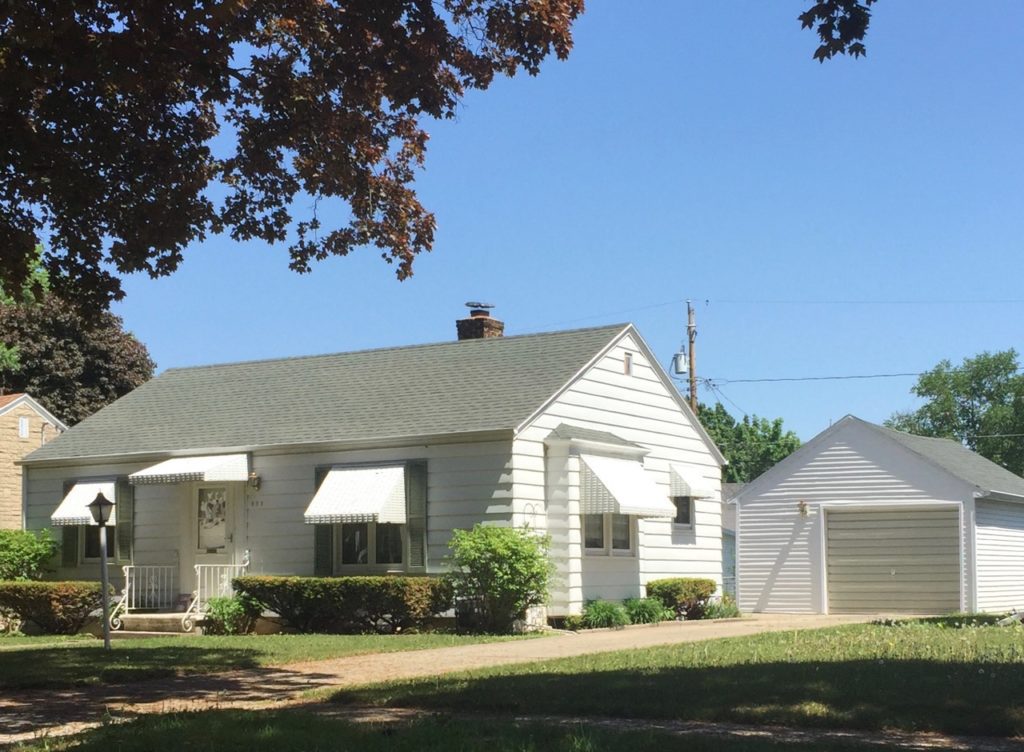
Reader Question: My wife is selling a home she inherited. It has been shown multiple time with no results. The house needs updating, and it has a bowed basement wall. It was listed for $69,900 which was below the market value. We’ve had several offers, but they are flippers who have offered $20 – $25 thousand which is the value of the land. We want to settle the estate, but we don’t want to give it away. Is another Realtor an option? What should we do?
Monty’s Answer: There are several considerations in deciding which option to choose. Are there other heirs who stand to inherit part of the estate? If your wife is the sole heir taking feedback from other heirs is not an issue. Has the listing with the current agent expired? If it has not expired, take the house off the market while you go about gathering the information discussed below. You can complete the work while the house is off the market if you ultimately choose the fix-up option.
Here is a plan
Every home has a range of value – not a price. Your home has a value range “as is,” and it has a value range “as improved.” The best way to determine these ranges of value is to have three real estate agents inspect the home and provide an “as is” and an “as improved” estimate of value. They will search the MLS sold properties and find three good comparables that sold “as is,” and three good comparables that sold “as improved.” Because each agent will choose different comparables and different valuations, the three opinions together will indicate a range of value “as is” and “as improved.” Your current agent can provide you with a written opinion of value both ways (then you only need two more) or you can get three new opinions.
Consider obtaining several estimates from basement repair contractors, as they too, will have different prices and different solutions to repair the wall. Many homebuyers tend to overestimate the cost of repairs, and also shy away from homes that need work. There are homebuyers (not flippers) that are looking to buy a house they can fix up to gain sweat equity. Knowing what it will cost to repair the basement helps you make the best pricing decisions.
List what needs updating in the house. Then price out each item by inviting remodeling contractors (at least two) to provide a detailed bid. Always inspect their past work because not all remodeling contractors are equal. When can they deliver a finished project? Once you know all the costs and the “as improved” value you will have four choices:
- Sell to a flipper. Remember, not all flippers will see identical work and time required to complete the job, so their offers will vary. When you know what it will cost, you can better judge if they are adding value, or looking for a windfall. It may be an option if you have no interest or time to invest in the other options.
- Sell to a buyer that wants to build sweat equity. They watch the fix-up shows on television. The key here is to promote the house as a fixer-upper, so folks are not disappointed when they come to an open house. They will pay more than a flipper. It is the likely the best chance for the lowest risk, but it may take time.
- Fix it up before you sell it. Take condition out of the equation. Put the house back into a sparkling state, and, if done correctly, the value will increase. How much it will go up will depend on the extent of the remodel and what the market will pay in your neighborhood. When you have data, you take the guesswork out of the picture. There is still risk with this option.
- Fix it up before you rent it out. Check out what your renovated home will bring for rent in the neighborhood. When you find out how much you can net after expenses each month, it may be a great part-time job. If it turns out to be a break-even or even a cash drain, then this is not a good idea.
Now you have a plan to execute on. Which choice you make depends on your financial circumstances, your life experiences, your level of risk aversion, your knowledge of working with people, how you like to spend your time, and your judgment.


